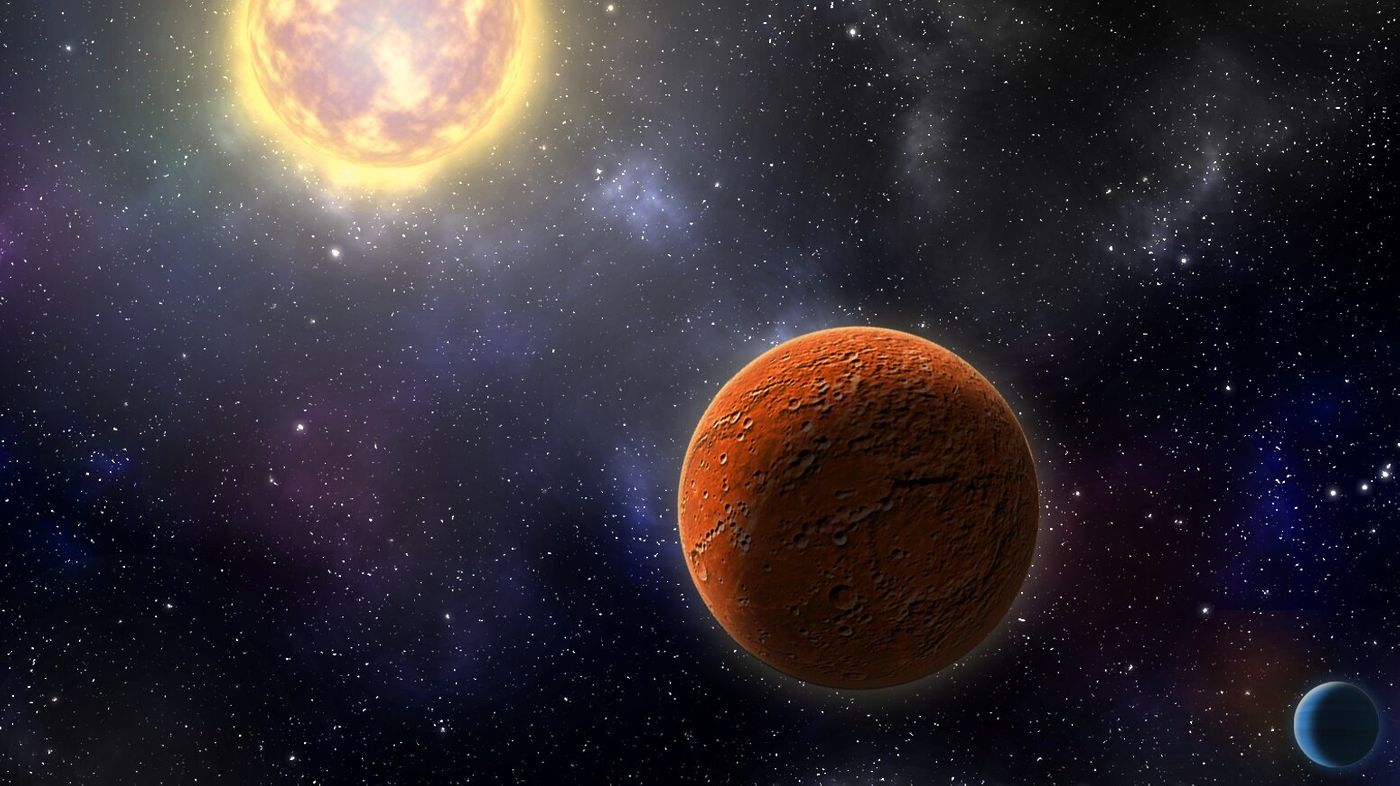TESS Distinguishes its First Earth-Sized Exoplanet Since Launch
It’s been almost exactly one year since a SpaceX Falcon 9 rocket ferried NASA’s Transiting Exoplanet Survey Satellite (TESS) into space to pick up exoplanetary research where the late Kepler Space Telescope would eventually leave off, and astronomers are exceptionally content with its performance thus far.
TESS has already validated a handful of distant exoplanets residing in other stellar systems, and it seems the spacecraft isn’t showing any signs of slowing down any time soon. In fact, TESS just recently discovered its very first Earth-sized exoplanet, and astronomers have already published their latest findings in The Astrophysical Journal Letters.
Image Credit: Carnegie Institute for Science
"It’s so exciting that TESS, which launched just about a year ago, is already a game-changer in the planet-hunting business," commented Johanna Teske, a co-author of the paper from the Carnegie Institution for Science. "The spacecraft surveys the sky, and we collaborate with the TESS follow-up community to flag potentially interesting targets for additional observations using ground-based telescopes and instruments."
Related: The first images from NASA's TESS mission begin rolling in
Upon surveying a large portion of the sky, astronomers noticed something peculiar in their data that indicated the presence of two exoplanets. Consequently, they conducted follow-up observations with the Planet Finder Spectrograph (PFS), which is mounted on the Magellan II telescope at Chile’s Las Campanas Observatory.
The PFS instrument not only validated the existence of these worlds, but it allowed the astronomers to detect small ‘wobbles’ that transpire between the host star and the exoplanets as their gravitational pulls tugged on one another. By gauging these inconsistencies, the team could vaguely identify the distant worlds’ chemical compositions and densities, among other things.
"PFS is one of the only instruments in the Southern Hemisphere that can do these types of measurements," Teske explained about the nature of the instrument. "So, it will be a very important part of further characterizing the planets found by the TESS mission."
Related: TESS mission begins an unrelenting search for distant exoplanets
While probing HD 21749’s stellar neighborhood, the astronomers found both a sub-Neptune exoplanet dubbed HD 21749b and an Earth-sized exoplanet dubbed HD 21749c. Their host star exhibits around 80 percent of our Sun’s mass and resides approximately 53 light-years away from Earth.
According to the paper, HD 21749b isn’t rocky, but somewhat gassy with a substantial atmosphere. The exoplanet is purportedly 23 times the mass of Earth with a radius that’s 2.7 times larger. Moreover, it orbits its host star closely enough to complete an orbit in just 36 Earth days.
HD 21749c, on the other hand, is a bit more mysterious, because it’s about the same size as the Earth. At the time of this writing, the only thing we know is that it completes an orbit around its host star once every eight Earth days. Astronomers are still working to discern its chemical composition and density, which will be challenging given the world’s small size at this distance.
It’d be an understatement to say that the findings are exciting, but given just how successful the team has been in identifying HD 21749b, there’s hope that we’ll learn more about the ominous properties of HD 21749c sooner rather than later. Then again, only time will tell.
Source: Carnegie Institution for Science, The Astrophysical Journal Letters









